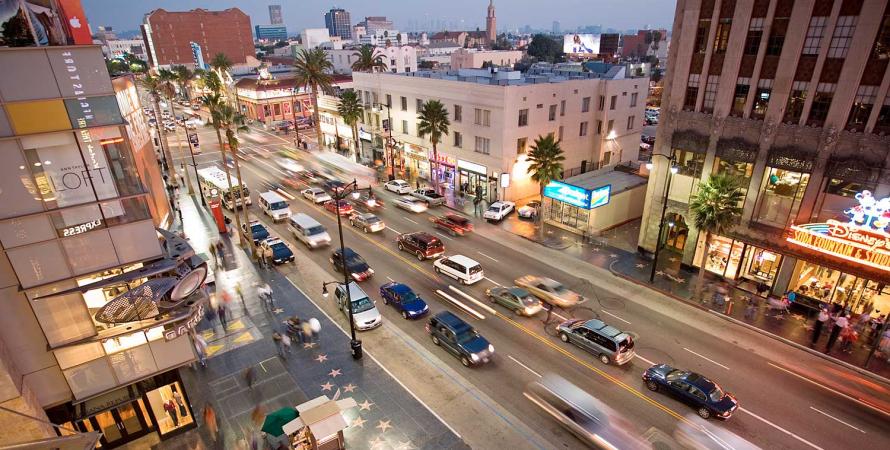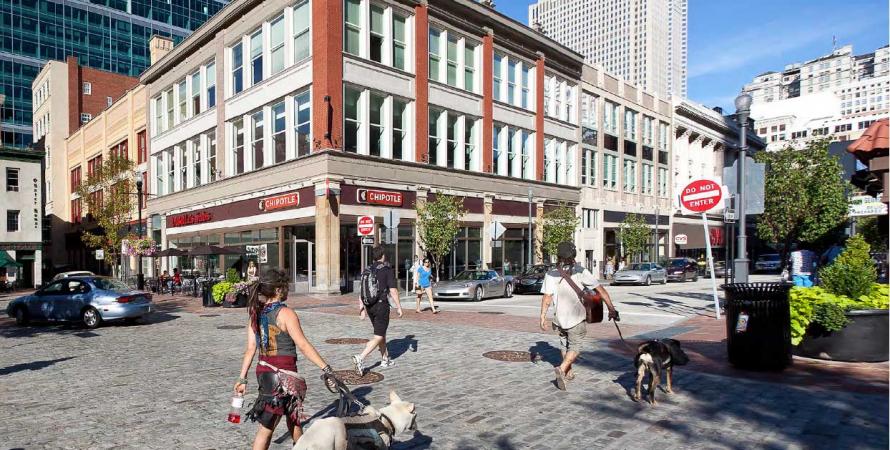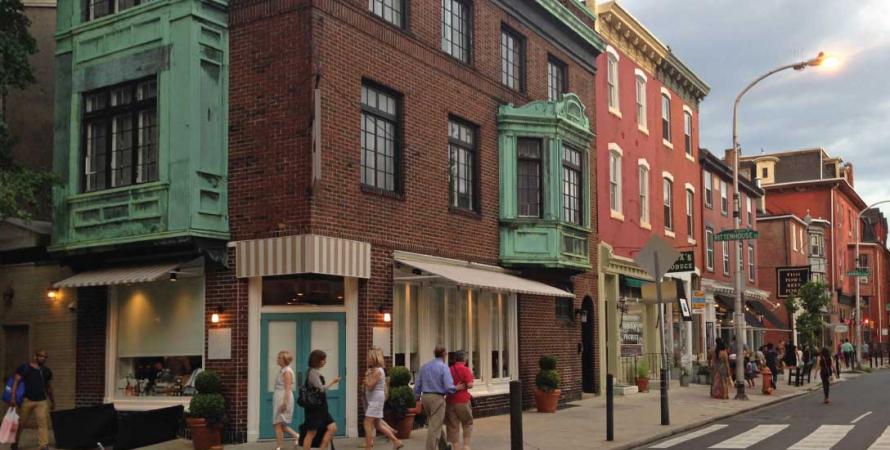-

Sprawling cities are becoming more urban
America's most automobile-oriented cities are changing their growth patterns, making room for new urban planning and development.The largest 25 US “sprawling cities” are still growing at a tremendous rate this decade—but their growth now includes complete neighborhoods in addition to fragmented sprawl. Sprawling cities—such as Houston, Phoenix, San Antonio, San Diego, and Dallas, predominantly in the Sunbelt—grew mostly...Read more -

Dynamic urbanism in semi-traditional cities
Cities that blend old and new are helping to define urbanism in the 21st Century.US cities can be divided into three categories based on physical characteristics. I have written about “traditional cities,” with streets built mostly before 1950, and “sprawling cities,” which grew big during the “age of sprawl” from 1950 to 2010. In between these two extremes are “semi-...Read more -

'Urban' is bigger than it appears
A "new analytic framework" by the Urban Land Institute ignores walkability and sets back our understanding of cities and suburbs.ULI released a report this month, Housing in the Evolving American Suburb , which found that suburbs are grabbing more than 90 percent of metropolitan growth. The report is based on a "new analytic framework" to parse what is urban and what is suburban. ULI's sorting system is often hard to...Read more -

Traditional cities are having a big decade
Strong demand for historic downtowns and neighborhoods brings a surge of population at a level not seen in 70 years.Traditional American cities like Seattle, New Orleans, New York City, and Philadelphia are growing this decade at a rate that they haven’t seen since the 1940s, according to a Public Square analysis. The 25 largest traditional cities gained 3.8 percent in population in the first half of this decade...Read more